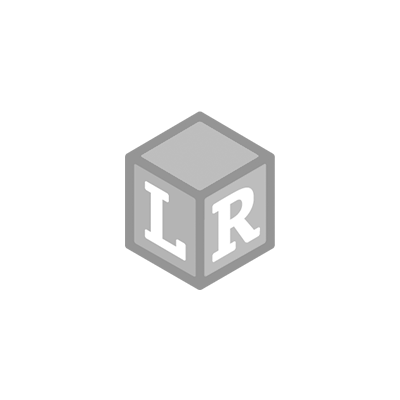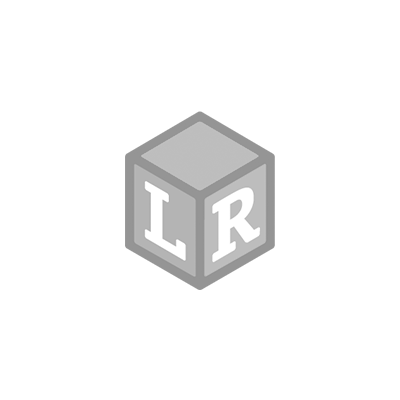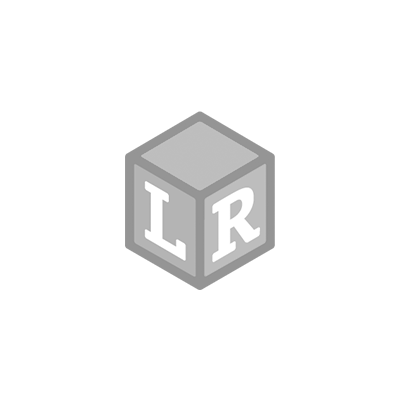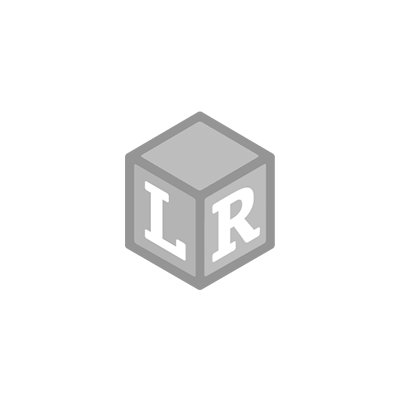
Stack… Stack… Learn!
- Gabrielle Fischer Posted On Jan 16, 2017 | Motor Skills
Toddlers can be a little destructive, right? It’s up to us—their parents and caregivers—to give them something to build…so they can knock it down, of course.
But there’s a lot to be learned in the process.They don’t call them “building blocks” for nothing. There’s a reason that one of the first toys we introduce to babies is a set of blocks. Aside from being flat-out fun (their destructive tendencies notwithstanding), blocks help babies and toddlers hone their fine motor skills, develop their senses, and more.

How much should they be able to stack?
If you hand a block to a baby, they may be inclined to chew on it. Soon enough, they’ll figure out how to hold two blocks and bang them together. And once they start stacking them—you guessed it—they knock them down. It’s all developmentally appropriate. A 15 month old can usually stack 2 blocks, while an 18 month old should be able to stack at least 4. And by 3 years old, structures begin to look more realistic.
Blocks—and the activity of stacking—help young children explore the concept of cause and effect while learning with their senses. “What will happen if I place this here?” they wonder. Feeling the cool plastic (or dense wood) in their hands, detecting weights and textures, and listening to banging and tumbling give their brains some great data to crunch.
Blocks may help your future mathematician or gymnast!
Stimulating all areas of development, block play gives babies and toddlers practice with the “intentional grasp and release” skill as well as:
- Building and sorting
- Learning sizes, lengths, symmetry, comparison
- Identifying letters and numbers (if they’re using traditional blocks)
- Hand-eye coordination and depth perception
- Sense of accomplishment
Plus, there’s the added bonus of core work (if only it were this easy for us!). Sitting on the floor and stacking items gets tiny bodies used to engaging their stabilizing muscles to reach and move their arms about.
Tips to make block and stacking play more fun for everyone:
- Put safety first. For the child’s sake as well as your own (have you ever stepped on a block?), ensure that items are not thrown, eaten, or played with in high-traffic areas
- Mix it up. Introduce toddlers to various types of blocks and stackables to keep interesting:
- Classic blocks
- Nested blocks
- Stacking rings or pegs
- Pancakes—learn at breakfast
- Cheese and crackers—learn at lunch
- Coasters—always handy
- The possibilities are endless!
- Teach something. While the child is playing, count the blocks. Ask them what happens if they stack too many or remove one from the bottom. Have them show you which block is on top and which is on the bottom. You get the idea.
- Get in there and play. Face it, stacking is fun and it’s something you can enjoy together—even if they knock down your creation.
 Shop UK Site
Shop UK Site 

























